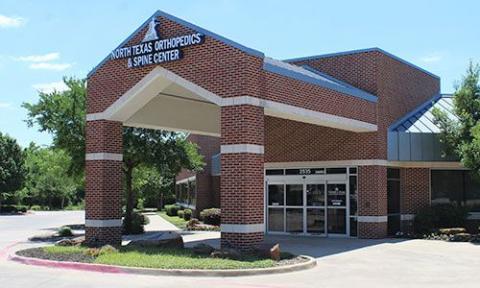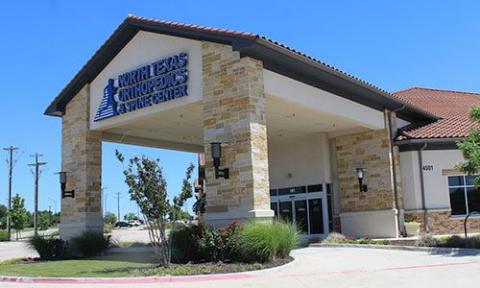Understanding Lateral Release and Medial Imbrication: A Guide to Knee Realignment Procedures
Knee alignment issues can cause significant discomfort and affect mobility, often requiring medical intervention to restore proper function. Two surgical techniques commonly used to address such problems are lateral release and medial imbrication. These procedures aim to correct patellar (kneecap) alignment, reduce pain, and improve overall knee stability. This blog post will explore what these procedures involve, their indications, and the recovery process.
What Are Lateral Release and Medial Imbrication?
- Lateral Release: This minimally invasive surgical procedure involves cutting the tight lateral retinaculum, a band of tissue on the outer side of the kneecap. The goal is to release tension and allow the patella to move into a more central position within the trochlear groove.
- Medial Imbrication: Often performed in conjunction with lateral release, medial imbrication tightens the soft tissues on the inner side of the knee to help stabilize the patella and prevent lateral dislocation.
Together, these procedures aim to restore proper tracking of the patella, ensuring it glides smoothly during movement.
When Are These Procedures Needed?
Lateral release and medial imbrication are typically recommended for patients with:
- Patellar maltracking: When the kneecap moves out of its natural groove, often causing pain and instability.
- Recurrent patellar dislocations: Chronic dislocations can damage cartilage and lead to arthritis if left untreated.
- Persistent anterior knee pain: Pain in the front of the knee that doesn’t respond to conservative treatments such as physical therapy.
- Tight lateral retinaculum: Excessive tension in the lateral structures of the knee that pulls the patella out of alignment.
What to Expect During the Procedures
Both lateral release and medial imbrication are usually performed arthroscopically, which means smaller incisions and faster recovery times. Here’s an overview of what happens during each procedure:
- Lateral Release: A small incision is made to cut the tight lateral retinaculum. This step reduces the lateral pull on the patella, allowing it to move more freely.
- Medial Imbrication: Using sutures, the surgeon tightens the medial tissues to reinforce the patella’s position and ensure proper alignment.
The procedures may be done under general or regional anesthesia, depending on the patient’s condition and the surgeon’s recommendation.
Recovery and Rehabilitation
Recovery times for these procedures vary, but most patients can expect:
- Immediate post-op care: Pain and swelling are managed with medications, ice packs, and elevation.
- Physical therapy: A tailored rehabilitation program will focus on strengthening the quadriceps, improving range of motion, and restoring knee stability.
- Gradual return to activity: Most patients can resume light activities within 4-6 weeks, though full recovery may take several months.
Adhering to the prescribed rehab plan is crucial for achieving the best possible outcome. Your physical therapist will guide you through exercises designed to improve knee strength and flexibility while minimizing the risk of re-injury.
Potential Risks and Complications
While generally safe, lateral release and medial imbrication surgeries carry some risks, including:
- Infection
- Persistent pain or stiffness
- Overcorrection leading to medial instability
- Incomplete resolution of symptoms
Discussing these risks with your surgeon and following post-operative care instructions can help minimize complications.
Preventing Patellar Alignment Issues
To reduce the risk of patellar maltracking or dislocation, consider the following preventive measures:
- Strengthen your quadriceps and other supporting muscles.
- Maintain a healthy weight to reduce stress on your knees.
- Use proper techniques during sports and physical activities.
- Wear supportive footwear that aligns with your activity level.
Conclusion
Lateral release and medial imbrication are effective surgical options for correcting patellar alignment issues and alleviating associated pain. By addressing the root cause of the problem, these procedures can significantly improve knee function and quality of life. If you’re experiencing knee pain or instability, consult an orthopedic specialist to discuss your treatment options.
For more insights into knee health and recovery, explore our blog or schedule a consultation with one of our experienced professionals today.



